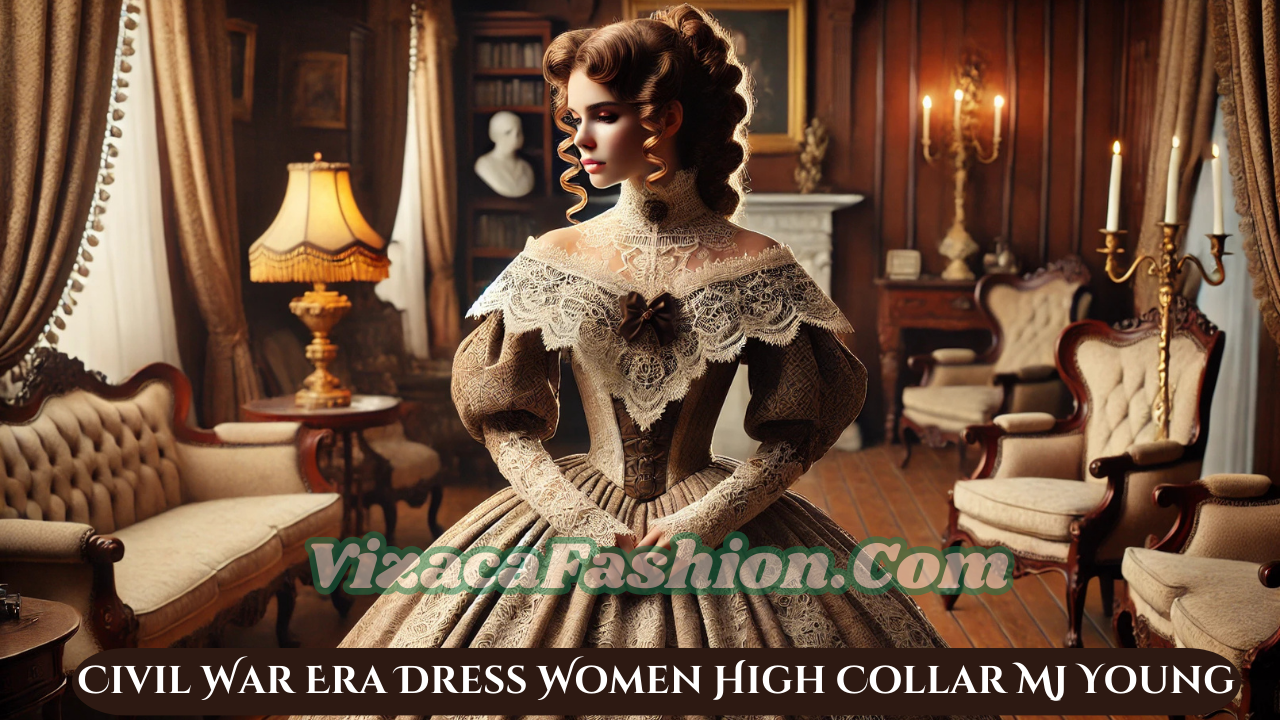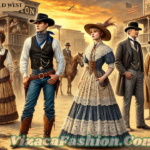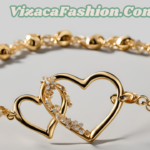Introduction to Civil War Era Fashion
The Civil War era (1861-1865) was a time of significant cultural and societal shifts in the United States, and women’s fashion was a clear reflection of these changes. Women’s dresses of this time were marked by high collars, long skirts, and intricate detailing that displayed modesty and refinement. Among the many styles that emerged, the high-collared gowns worn by women like MJ Young embodied the classic elegance and structured formality of the period.
The Influence of High-Collared Dresses
One of the most defining features of Civil War-era dresses was the high collar. This design was meant to promote modesty while also conveying an air of sophistication. High collars were typically stiffened with boning or starched fabrics to maintain their shape, and they often featured lace or embroidered embellishments. Women from upper and middle-class backgrounds favored this style, as it was seen as a symbol of propriety and grace.
Materials and Fabrics Used in Dresses
During the Civil War era, the types of fabrics used in women’s clothing varied based on social status and regional availability. Wealthy women often wore silk or fine cotton dresses, while working-class women relied on more practical materials like wool or linen. The high-collared dresses worn by women such as MJ Young were often made from luxurious fabrics, with intricate lace and embroidery adding a decorative touch.
The Role of MJ Young in Civil War Fashion
MJ Young is often associated with Civil War-era dress styles that prominently featured high collars and elegant detailing. Whether through direct influence or representation of the fashion norms of the time, MJ Young’s clothing choices provide valuable insight into the social expectations placed on women. The refined elegance of her attire reflected the broader trends in fashion, where structured bodices and full skirts defined the silhouette of the time.
Design Elements of Civil War Era Dresses
Women’s fashion during the Civil War era was characterized by several distinctive design elements:
- High Collars: Often stiffened with boning, these collars provided a structured and refined look.
- Long Sleeves: To maintain modesty, dresses featured long sleeves that were sometimes puffed or fitted.
- Full Skirts: Supported by crinolines or hoop skirts, full skirts created a voluminous silhouette.
- Bodices with Fitted Waists: Corsets were commonly used to achieve the ideal hourglass figure.
- Lace and Ribbon Accents: Decorative embellishments added an extra level of elegance to these garments.
Day vs. Evening Dresses
Women’s dresses were designed based on the time of day and the nature of the event.
- Day Dresses: These featured high collars and long sleeves, making them suitable for everyday activities and social visits. The fabric was often heavier to provide durability.
- Evening Dresses: While still modest by today’s standards, evening gowns had lower necklines and shorter sleeves, adorned with fine lace, beading, and richer fabrics.
MJ Young’s dresses likely fell into the category of formal or semi-formal attire, maintaining the signature high-collared look while incorporating elegant materials and detailing.
Accessories and Hairstyles of the Era
A Civil War-era dress was not complete without carefully chosen accessories and hairstyles. Women often wore gloves, bonnets, and brooches to complement their outfits. Jewelry was typically understated, with lockets and cameos being popular choices. Hairstyles featured neatly arranged curls or braids, often pinned up to accommodate bonnets or decorative combs.
The Impact of War on Fashion
The Civil War had a profound effect on women’s fashion. While wealthier women continued to wear elaborate dresses, shortages of materials meant that many had to make do with simpler designs. The war also saw an increase in practical clothing as women took on new roles in hospitals, factories, and farms. Despite these changes, the high-collared dress remained a staple of fashion, symbolizing dignity and perseverance during difficult times.
Preservation of Civil War Era Dresses
Today, Civil War-era dresses, including high-collared designs, are preserved in museums and historical collections. These garments provide a glimpse into the past, showcasing the craftsmanship and cultural significance of the period. Many reenactment groups and historians study these dresses to ensure authenticity in their representations of Civil War-era attire.
Conclusion
The Civil War era dress for women, particularly the high-collared styles associated with MJ Young, remains an iconic representation of 19th-century fashion. These garments reflected the societal norms of the time, emphasizing modesty, structure, and elegance. Whether worn for daily life or special occasions, the high-collared dress symbolized the grace and resilience of women during one of America’s most turbulent periods. Today, these dresses continue to inspire historical fashion enthusiasts and serve as a valuable connection to the past.


